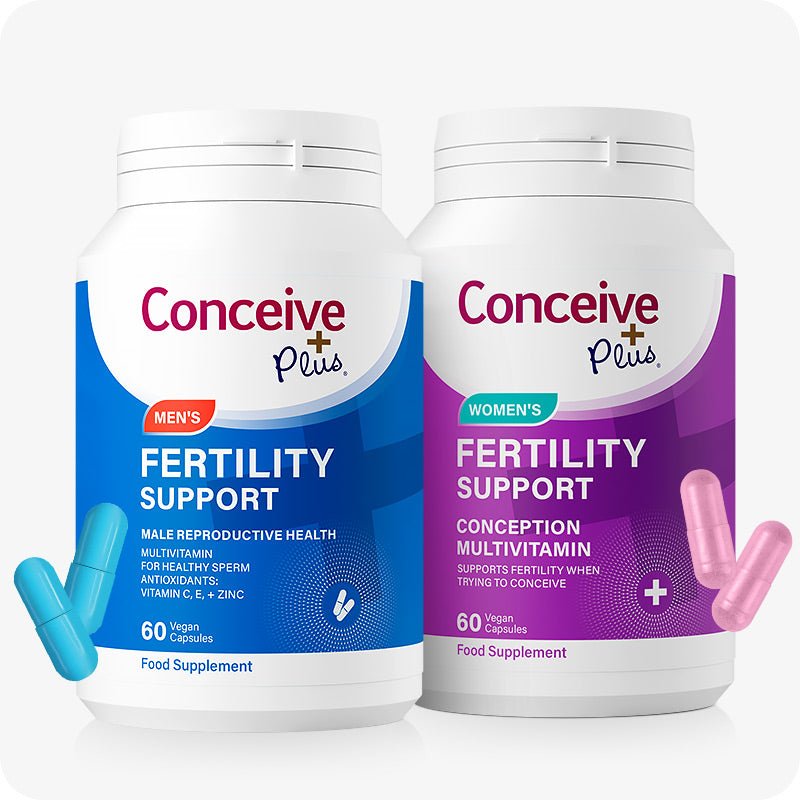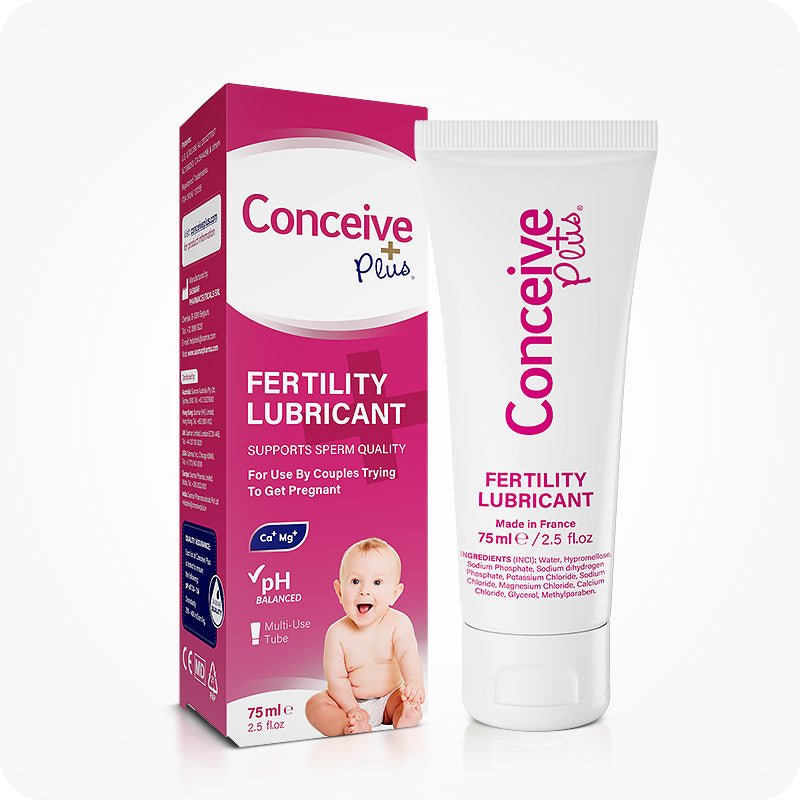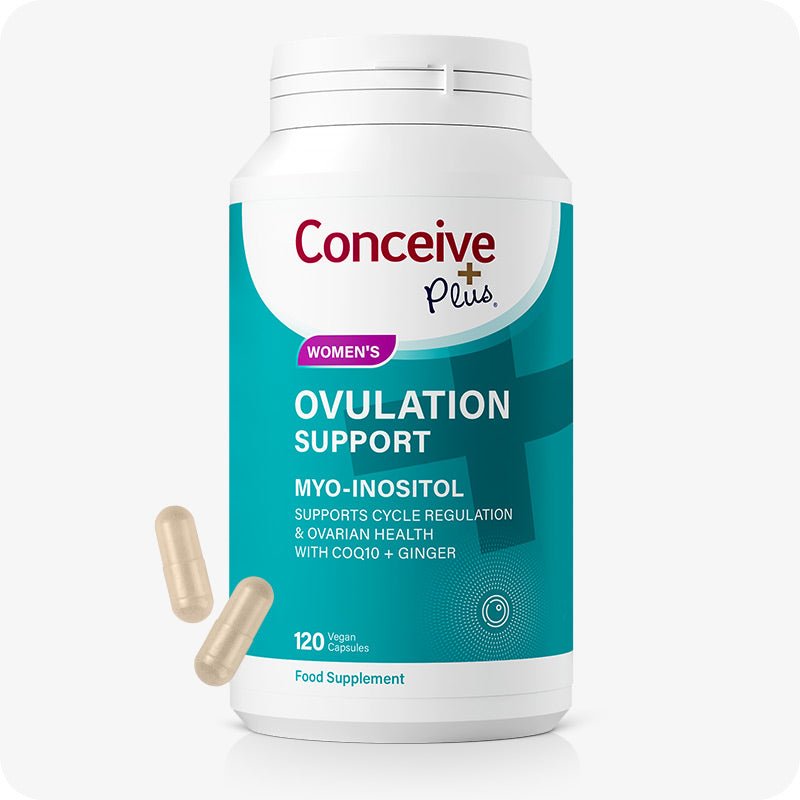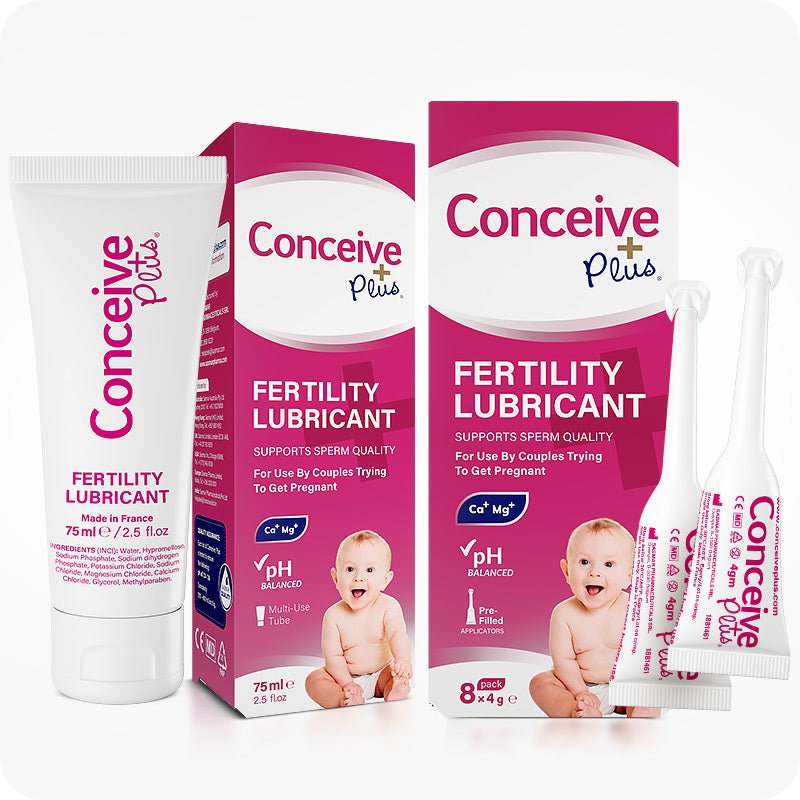How to Get Rid of Pregnant Looking Belly

A pregnant-looking belly when you’re not pregnant, bloating, belly bulges, and weight gain around the middle can occur for several reasons. Food intolerances, for example, hormone changes, ageing, eating unhealthily, or underlying health conditions. Thankfully most can be easily rectified with some lifestyle changes, gentle exercise, or natural supplements.
Read on for more understanding of what causes belly bulges or abdominal bloating, and how to get rid of pregnant looking belly no matter what your age or the cause.
Food Intolerances
Food intolerances, irritable bowel syndrome (IBS), or food allergies are common causes of bloating that can resemble a pregnant-looking belly. However, in these cases, fat storage is not the culprit but rather water retention or gas. Other symptoms of food intolerance, allergies, or IBS can include constipation, diarrhoea, and abdominal pain.
How to Reduce a Bloated Belly from Food Intolerance
People can be allergic to or intolerant of any type of food. However, some of the most common culprits of food intolerance and belly bloating are dairy products, gluten, caffeine, and FODMAPs (an abbreviation for fermentable oligo-, di-, mono-saccharides and polyols) [1].
To ascertain which food intolerance could be causing your distended abdomen, it helps to eliminate certain foods one by one to notice the results after consumption. Alternatively, book a consultation with a dietician or nutritionist who can carry out tests to identify the offending food.
Endo Belly
Endo belly refers to the abdominal bloating associated with endometriosis - a reproductive condition where tissue similar to the uterus lining (endometrium) grows on organs outside the uterus, like the ovaries and fallopian tubes, bladder, and bowel [2].
During menstruation when the abnormally growing endometrial-like tissue breaks down, the menstrual blood has nowhere to go. This can result in painful menstruation, cramping, and gastrointestinal symptoms like abdominal bloating, a pregnant-looking belly, constipation, diarrhoea, and gas.
Endometriosis is often misdiagnosed as IBS due to the similarity in symptoms.
How to Relieve Endo Belly
Eating an endometriosis diet that includes omega-3 fats and nonsaturated fats is recommended to reduce inflammation and relieve the pregnant-looking edno belly.
Pelvic physical therapy is also advised to break up scar tissue and relieve tight pelvic floor muscles. Yoga breathing and meditation are helpful to deal with the ongoing pain and discomfort of endometriosis.
Poor Diet & Regular Weight Gain
A poor or unbalanced diet is typically heavy in carbohydrates, carbonated drinks, fried foods, and sugar. Combined with a lack of exercise, a poor diet typically means you are consuming more calories than you burn.
This type of lifestyle normally results in overall weight gain but some people are more prone to gaining weight around their middle.
How to Lose Abdominal Weight from a Poor Diet
To lose weight from a poor diet, incorporate a more balanced eating plan into your day with less carbs & fried foods and more fruit, veg, protein, and whole grains. It also helps to choose an exercise you can stick to three times a week for 20 minutes daily [3]. It can be a brisk walk, a hike, cycling, aerobics, or yoga.
Fibroids & Cysts
Uterine fibroids are known to cause abdominal bloating or belly distention along with heavy menstrual bleeding and pelvic pain. Known to occur in women over 30 but more common in the 40s and 50s, hormone changes, genetics, poor diet, and weight gain are believed to cause fibroids [4].
Ovarian cysts also result in abdominal bloating like a pregnant-looking belly and are more common in women of reproductive age. In addition to bloating ovarian cysts typically cause pain in the lower abdomen on one side and are linked to hormone changes, endometriosis, and polycystic ovary syndrome (POCS) [4].
Treating Uterine Fibroids and Ovarian Cysts
Uterine fibroids sometimes require surgery for removal but if they are not causing any other adverse symptoms they are commonly reduced in size with hormone therapy.
Ovarian cysts often rupture or shrink on their own and it’s seldom they require surgery. However, in the case of PCOS, where cysts and bloating reoccur each month during ovulation, and make it more difficult to get pregnant, a natural supplement called inositol is helpful.
Inositol supplements help correct hormone imbalances in women with PCOS, regulate menstrual cycles, alleviate cysts and bloating, improve ovulation, and increase the chances of getting pregnant.
Post Pregnancy Belly
The female body undergoes several changes during pregnancy. The most obvious of which is how much the abdomen enlarges to make space for the growing baby.
After birth, new moms can lose weight almost immediately but hormone changes that encourage fat storage around the midsection during pregnancy can result in a lingering post-pregnancy belly. Many women search for ways on how to get rid of a pregnant looking belly, especially when bloating or postpartum changes persist despite weight loss.
Another cause of post-pregnancy belly is diastasis recti, a condition in which abdominal separation occurs during or after pregnancy [5]. It happens when the rectus abdominis muscles, which run along the front of the abdomen and are often referred to as the ‘six pack’, separate from one another.
How to Tone Your Post-Pregnancy Belly
To rectify diastasis recti, female health experts recommend performing Kegel exercises and yoga breathing for a few minutes each day.
Kegels are performed by squeezing and lifting the pelvic floor muscles as if trying to stop yourself from peeing [6]. The pelvic floor is connected to the abdominal muscles and strengthening both daily will help reduce a post-pregnancy belly. Kegels and yoga breathing also help realign and re-engage the rectus abdominis muscles after pregnancy.
Women who had gestational diabetes while pregnant and still notice a pregnant-looking belly after giving birth, are recommended to have their insulin levels checked in case of type 2 diabetes.
Menopause Belly
With the onset of perimenopause, oestrogen and progesterone levels begin to decrease and the effects on the female body are sometimes hard to accept. In fact, weight gain around the middle, also known as abdominal fat, is one of the most common complaints of menopausal women [7].
Lowered testosterone during perimenopause and menopause typically results in a loss of muscle mass and slowed metabolism. And lower oestrogen levels can influence an increased collection of abdominal fat. Menopause is also known to adversely affect women’s sleep. A lack of sleep usually results in higher cortisol levels which encourages the storage of belly fat.
How to Reduce Menopause Belly
To reduce a menopause belly, personal trainers suggest avoiding high-intensity workouts which will only produce more cortisol. Instead, go for a brisk walk daily to burn belly fat and do 3-5 minutes of some gentle yoga core exercises to tone the abdominal muscles.
The Bottom Line
A pregnant-looking belly, or abdominal bloating, can be instigated by food allergies or intolerances, hormone changes, reproductive disorders, pregnancy, or menopause. Depending on the cause, additional symptoms may also occur.
If you're wondering how to get rid of pregnant looking belly, it often involves identifying the root cause—whether it's digestive, hormonal, or related to posture—and addressing it through targeted lifestyle changes. If the lifestyle changes, natural supplements, or exercises outlined above do not help reduce abdominal bloating, seek help from your doctor to determine the cause.
References
- Healthline - The 8 Most Common Food Intolerances - https://www.healthline.com/nutrition/common-food-intolerances
- NHS - Endometriosis - https://www.nhs.uk/conditions/endometriosis/
- National Library of Medicine - Overweight and Obesity: The Interplay of Eating Habits and Physical Activity - https://www.ncbi.nlm.nih.gov/pmc/articles/PMC10343820/
- Healthline - Fibroids and Ovarian Cysts - https://www.healthline.com/health/womens-health/fibroid-vs-cyst#treatment
- Cleveland Clinic - Diastasis Recti - https://my.clevelandclinic.org/health/diseases/22346-diastasis-recti
- Alberta Health Care - Pelvic Floor Exercises for After Childbirth - https://myhealth.alberta.ca/Health/aftercareinformation/pages/conditions.aspx?hwid=acn5187
- Mayo Clinic - The Reality of Menopause Weight Gain - https://www.mayoclinic.org/healthy-lifestyle/womens-health/in-depth/menopause-weight-gain/













